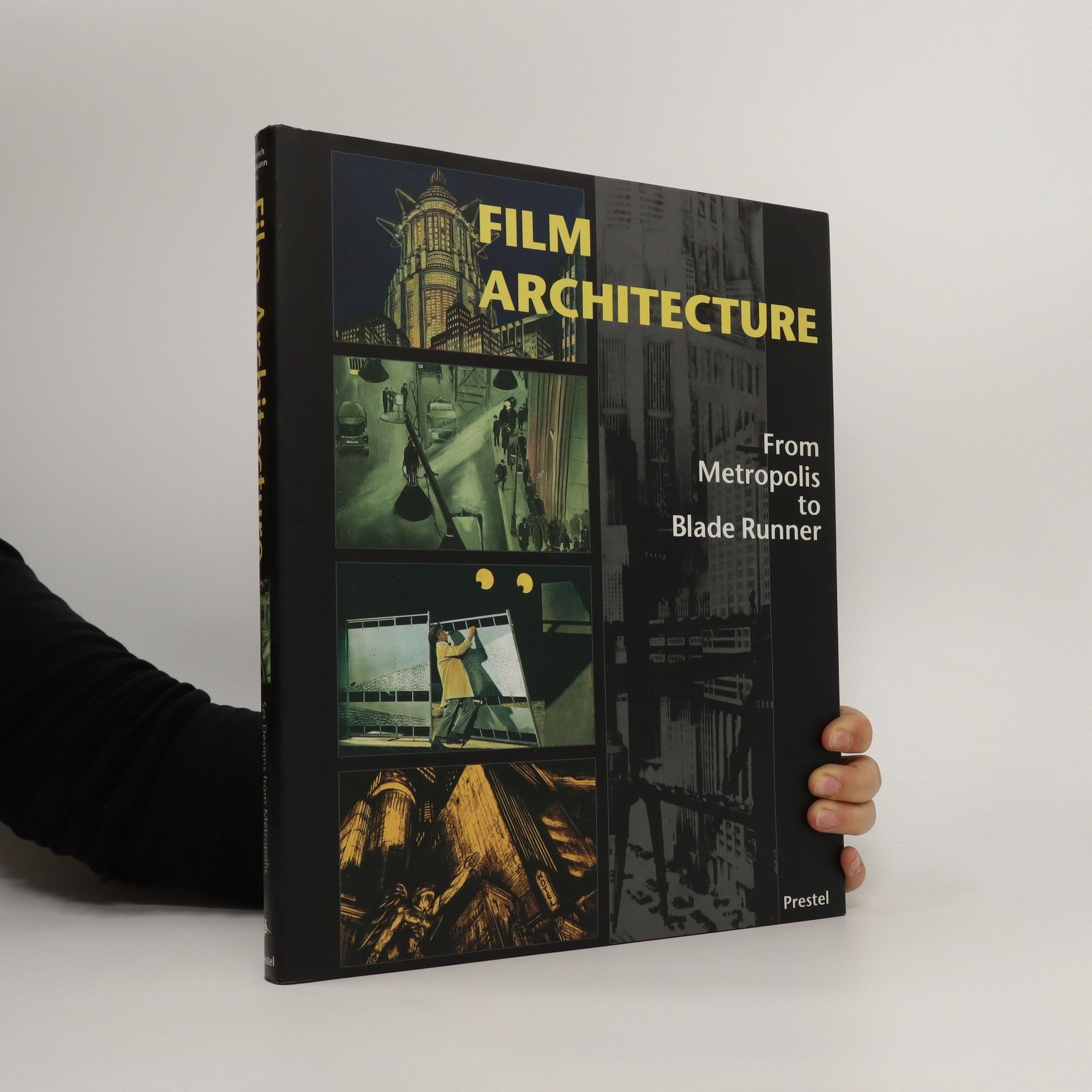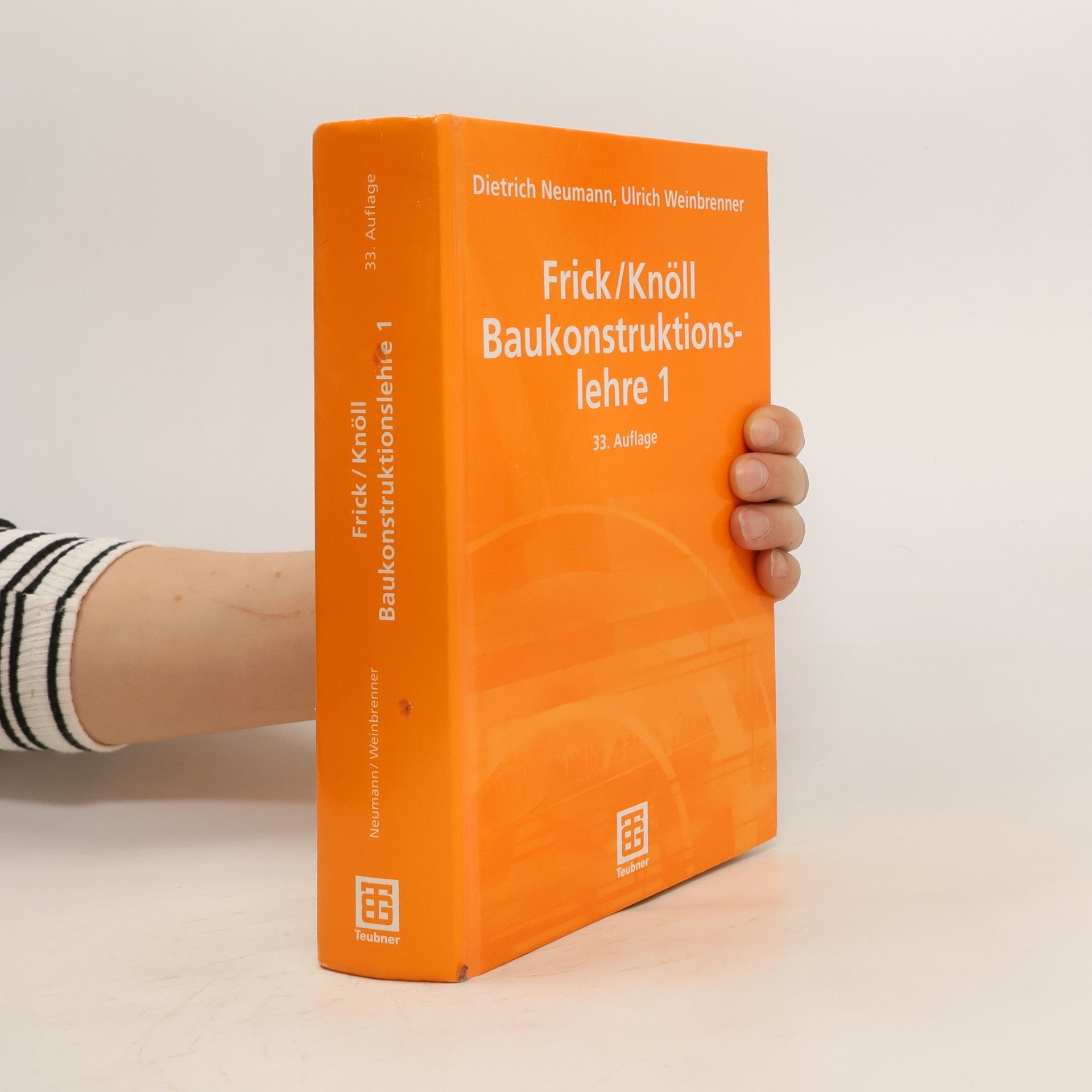The temporary exhibition pavilion designed by Mies van der Rohe for the 1929 Barcelona World Fair stands as an architectural icon and a controversial symbol of the Weimar Republic's self-representation. This structure not only showcases innovative design but also reflects the political and cultural dynamics of its time, making it a significant study in both architecture and history.
Dietrich Neumann Libri






Architecture of the night
- 240pagine
- 9 ore di lettura
The art of architectural floodlighting, which first came into existence at the beginning of the 20th century, has seen a worldwide renaissance in recent years. "Architecture of the Night" ia a fascinating, in-depth, and richly illustrated account of the history of architectural illumination in American and European cities.
Looks at the construction of the Empire State Building from the perspective of a sixteen-year-old water boy who worked on the project.
Through a series of contributions from major scholars, this book examines visionary architecture in films by focusing on original set designs from filmmakers across Europe and the United States. It is illustrated with many backdrops to famous movies.
The book provides an in-depth exploration of the life and career of a renowned modern architect, highlighting key projects and their impact on architecture. It delves into the architect's innovative designs, personal philosophy, and the broader cultural context in which they worked. Through meticulous research, the survey presents a comprehensive portrait that captures both the achievements and challenges faced throughout their influential career.
Fasziniert von der Natur. Fascinated by Nature
- 174pagine
- 7 ore di lettura
A fresh perspective on themes of nature in Eastern Asian painting, this accompaniment to the Neumann-Ogando Collection at the Museum for Asian Art and State Museum Berlin explores the historical, ecological, and biological significance of 16th- to 20th-century Chinese and Japanese art. The book also features a historical essay that thoroughly documents Asian art, beginning with the Tang Dynasty, and provides more than 50 individual descriptions of the included artworks.
Ludwig Mies van der Rohe. Villa Wolf in Gubin
History and Reconstruction
Villa Wolf in Guben (now Gubin), built between 1925 and 1927, was Ludwig Mies van der Rohe’s first decidedly modern building. The residential building was destroyed at the end of the Second World War and in the immediate post-war period. The building practice of Mies van der Rohe – who is internationally known for his visionary glass skyscrapers and concrete buildings – remained conventional for a long time. With Villa Wolf, he presented a radical reinterpretation of the upper-class residential building: an open, diagonal sequence of rooms on the garden side, with the cubically-towered areas of the utility rooms and bedrooms next to it. The reception of the building was overshadowed by the great success of Mies van der Rohe’s successor buildings, such as the German Pavilion in Barcelona (1928–1929) and Villa Tugendhat in Brno (1929–1930). This volume presents the history of Villa Wolf in Gubin and documents the recent excavation of the basement as well as the graphic reconstruction as a prerequisite for the building’s reconstruction.
Seit 1909 gibt der "Frick/Knöll" Generationen von Architekten und Bauingenieuren einen umfassenden Einblick vom Fundament bis zum Dach. Das Standardwerk der Baukonstruktionslehre ist damit ein unentbehrlicher und zuverlässiger Begleiter für jeden Studierenden und Praktiker. Neben kompaktem Grundwissen berücksichtigt der "Frick/Knöll" aber auch die aktuellen Neuentwicklungen und die immer stärker anwachsende Zahl von Normen und anderen Baubestimmungen. Für die 34. aktualisierte Auflage wurde das Kapitel "Beton- und Stahlbetonbau" aufgrund der verkürzten Übergangsfrist der DIN 1045 vollständig neu bearbeitet. Der große Erfolg des Buches ist in seiner ganzheitlichen Betrachtung von Roh- und Innenausbau begründet. Das betrifft sowohl die traditionellen Techniken als auch den Trockenbau mit seiner zunehmenden Bedeutung als Fertigungsprinzip und die Verwendung von Bauelementen.
Baukonstruktionslehre
- 748pagine
- 27 ore di lettura
Seit einem Jahrhundert gibt der "Frick/Knöll" Generationen von Architekten und Bauingenieuren einen umfassenden Einblick in die Baukonstruktionslehre. Vom Fundament über den Innenausbau bis zum Dach bietet das Standardwerk kompaktes Grundwissen und berücksichtigt aktuelle Neuentwicklungen und die immer stärker anwachsende Zahl von Normen und anderen Baubestimmungen. Der „Frick/Knöll“ ist damit ein unentbehrlicher und zuverlässiger Begleiter für jeden Studierenden und Praktiker. Schwerpunkt der vollständig überarbeiteten und aktualisierten Jubiläumsausgabe von Band 1 ist das Thema "Energieeffizienz" mit dem neu aufgenommenen Kapitel „Bauen im Passivhausstandard“. Für die Bearbeitung des Abschnitts „Wärmeschutz“ konnte der renommierte Physiker Prof. Dr. Wolfgang Feist gewonnen werden.
Dieses Werk ist seit Jahrzehnten ein Standardlehrbuch für Studierende der Architektur, bekannt unter dem Zitiertitel "Frick-Knöll". Es gehört zum Grundbestand der Baufachliteratur schon in kleineren ÖBs. Der vorliegende Band 1 ist mit dieser Auflage wesentlich überarbeitet und aktualisiert worden. Gegenüber der 28. Auflage 1983 (BA 1/84) wurde durch die Entwicklung der Bautechnik der Buchumfang nochmals um fast 150 Seiten erweitert. Der Stoff ist wieder gut gegliedert; am Ende der Kapitel finden sich jeweils DIN-Normen und Literaturangaben. Der Ersatz der 28. Auflage und früher ist nun notwendig (Band 2: 28. Auflage 1988: ID 41/88). (2)


